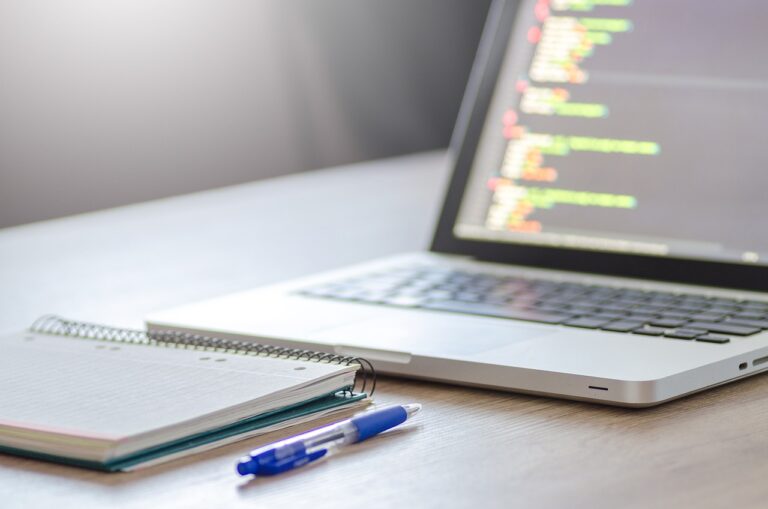The Evolution of Cross-Border Customs Clearance Processes
world777 login, 11xplay online, betbook247: The Evolution of Cross-Border Customs Clearance Processes
The world of international trade is constantly evolving, with new technologies and processes revolutionizing the way goods are moved across borders. One aspect that has seen significant changes over the years is customs clearance processes. Customs clearance is a crucial step in the import and export of goods, as it involves the documentation and inspection of shipments to ensure compliance with local regulations.
In this article, we will explore the evolution of cross-border customs clearance processes, from the traditional paper-based methods to the modern digital systems that are streamlining the process for businesses around the globe.
Understanding Traditional Customs Clearance Processes
In the past, customs clearance was a tedious and time-consuming process that involved a lot of paperwork. Importers and exporters had to fill out multiple forms, provide supporting documents, and submit them to customs officials for review. This manual process often led to delays and errors, causing frustration for businesses and increasing the risk of non-compliance.
The introduction of electronic data interchange (EDI) in the 1980s marked a significant shift in customs clearance processes. EDI allowed for the electronic transfer of data between importers, exporters, and customs authorities, reducing the reliance on paper documents and speeding up the clearance process. While EDI improved efficiency, it was still limited in its capabilities and required businesses to invest in costly technology infrastructure.
The Rise of Automated Customs Clearance Systems
In recent years, advances in technology have paved the way for the development of automated customs clearance systems. These systems leverage artificial intelligence (AI), machine learning, and data analytics to streamline the clearance process and improve accuracy and compliance.
Automated customs clearance systems can process large volumes of data quickly and accurately, reducing the risk of errors and delays. These systems can also analyze historical data to identify patterns and trends, enabling customs authorities to detect suspicious shipments more effectively.
One example of an automated customs clearance system is the World Customs Organization’s (WCO) Data Model, which provides a standardized framework for exchanging customs data between countries. The Data Model simplifies the clearance process by standardizing data formats and definitions, making it easier for customs authorities to exchange information and collaborate on enforcement efforts.
The Role of Blockchain in Customs Clearance
Blockchain technology is also playing a significant role in the evolution of customs clearance processes. Blockchain is a decentralized digital ledger that records transactions in a secure and transparent manner. By using blockchain technology, customs authorities can create a tamper-proof record of all transactions related to a shipment, from the point of origin to the final destination.
Blockchain can improve the transparency and traceability of goods as they move through the supply chain, making it easier for customs authorities to verify the authenticity of documents and track the movement of goods. This enhanced visibility can help reduce the incidence of fraud and smuggling, while also streamlining the clearance process for legitimate businesses.
The Future of Customs Clearance Processes
Looking ahead, the future of customs clearance processes is likely to be driven by emerging technologies such as artificial intelligence, blockchain, and the Internet of Things (IoT). These technologies hold the potential to further automate and streamline the clearance process, enabling businesses to move goods across borders more efficiently and cost-effectively.
For businesses engaged in international trade, staying abreast of the latest advancements in customs clearance technology is essential for maintaining compliance and maximizing efficiency. By leveraging digital solutions and collaborating with customs authorities, businesses can navigate the complexities of cross-border trade with greater ease and confidence.
FAQs
Q: How has COVID-19 impacted cross-border customs clearance processes?
A: The COVID-19 pandemic has accelerated the adoption of digital customs clearance solutions, as countries seek to minimize physical contact and streamline the clearance process amid health and safety concerns.
Q: Are there any risks associated with automated customs clearance systems?
A: While automated customs clearance systems offer many benefits, there are potential risks such as data security breaches, system failures, and technical glitches. It is essential for businesses to implement robust cybersecurity measures and contingency plans to mitigate these risks.
Q: How can businesses ensure compliance with customs regulations in the era of automated clearance systems?
A: Businesses should invest in training for staff, maintain accurate and up-to-date records, and collaborate closely with customs authorities to ensure compliance with regulations and avoid penalties.
In conclusion, the evolution of cross-border customs clearance processes is driven by advancements in technology that are transforming the way goods are moved across borders. By embracing digital solutions and leveraging emerging technologies, businesses can navigate the complexities of international trade with greater efficiency and compliance.







